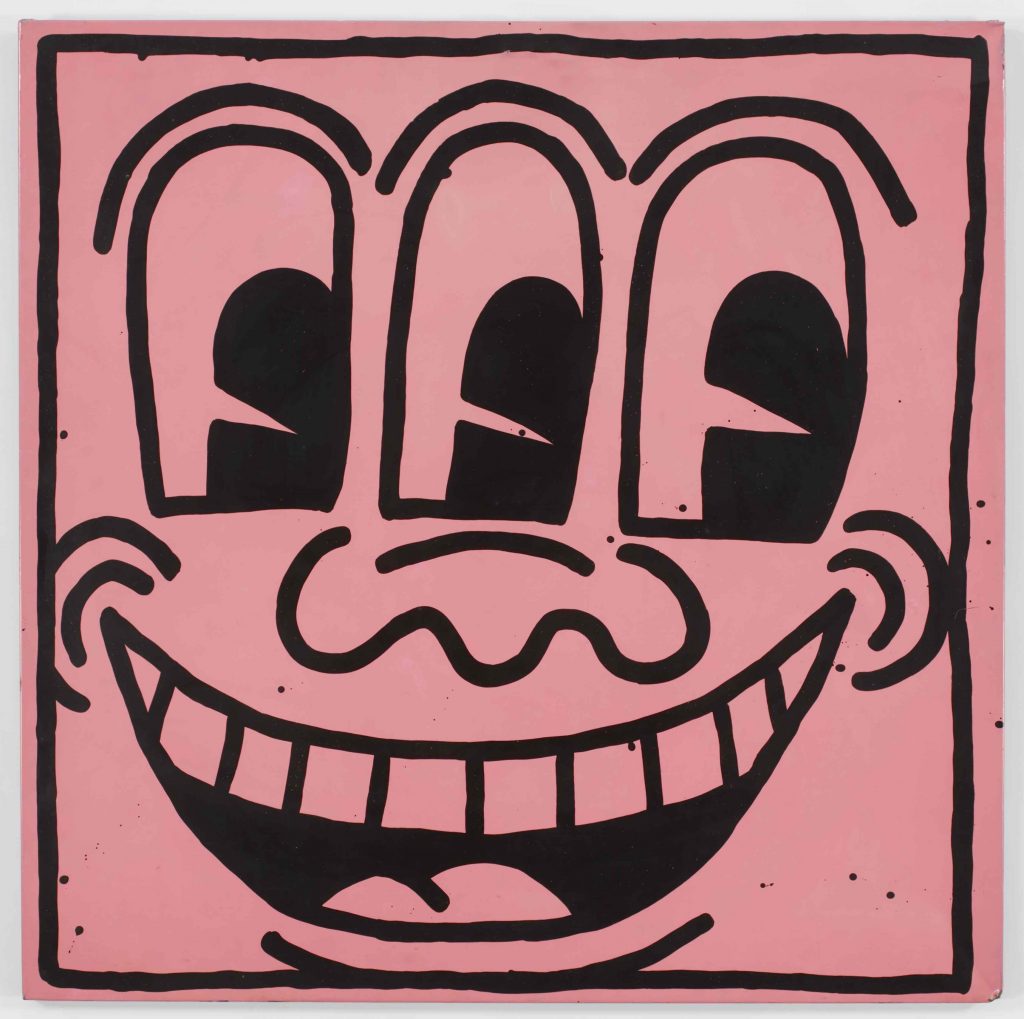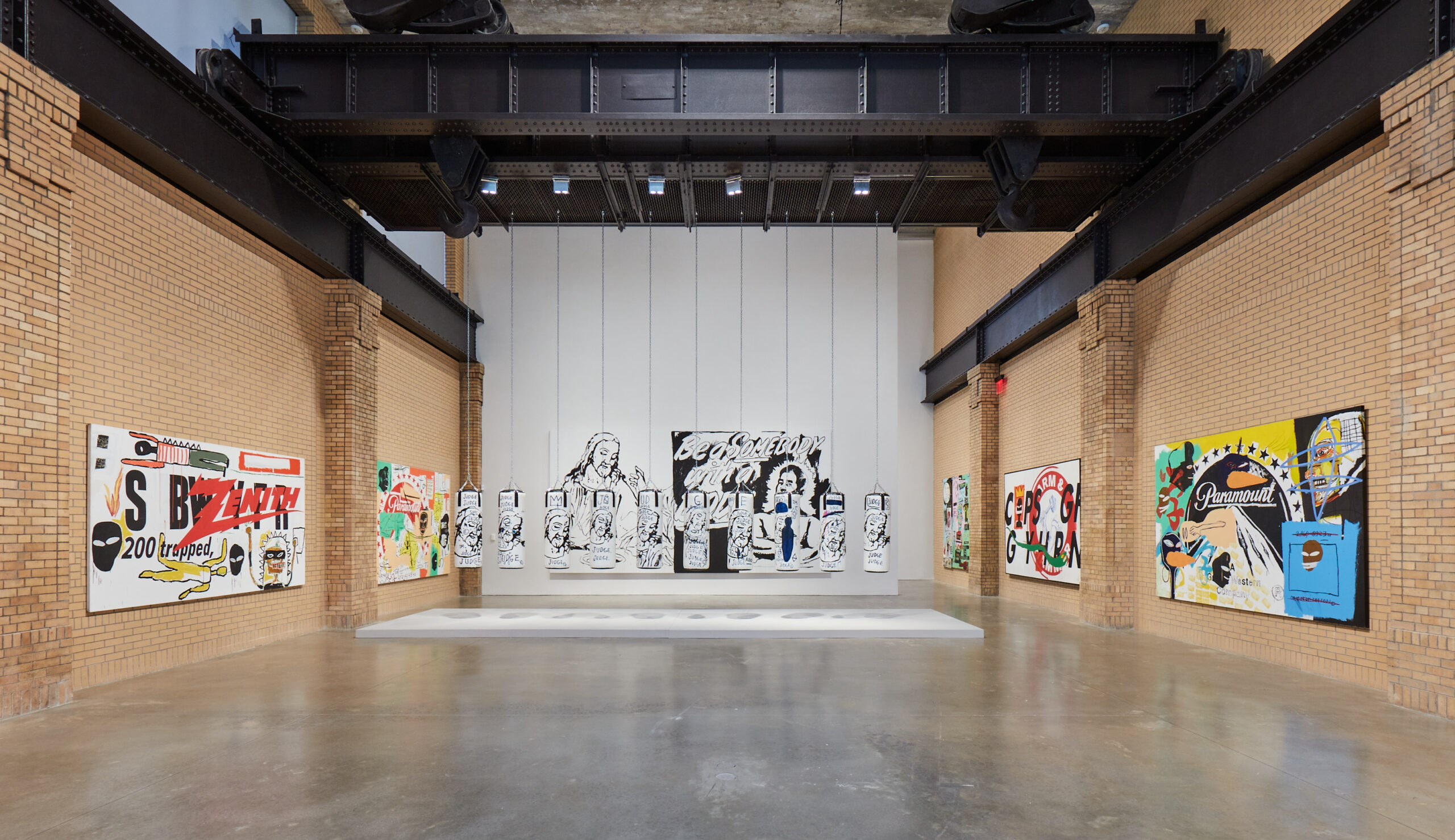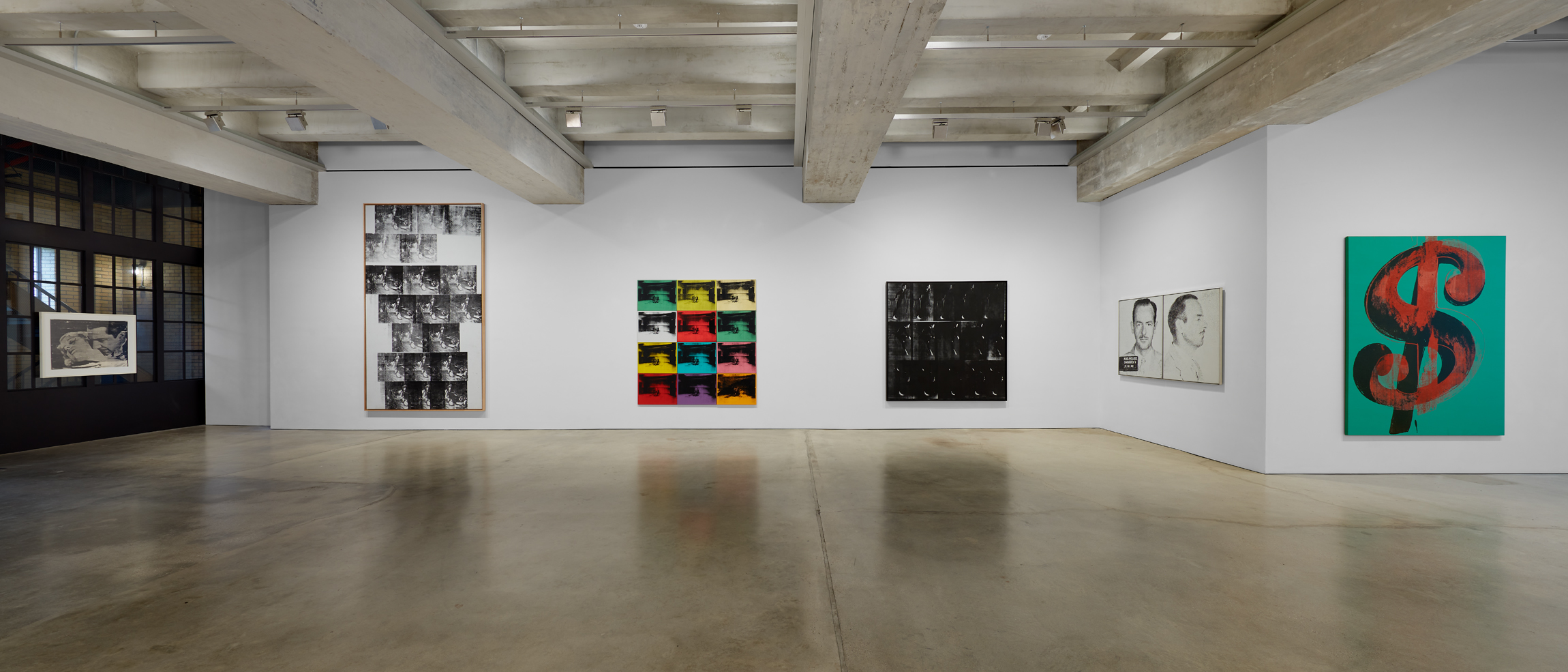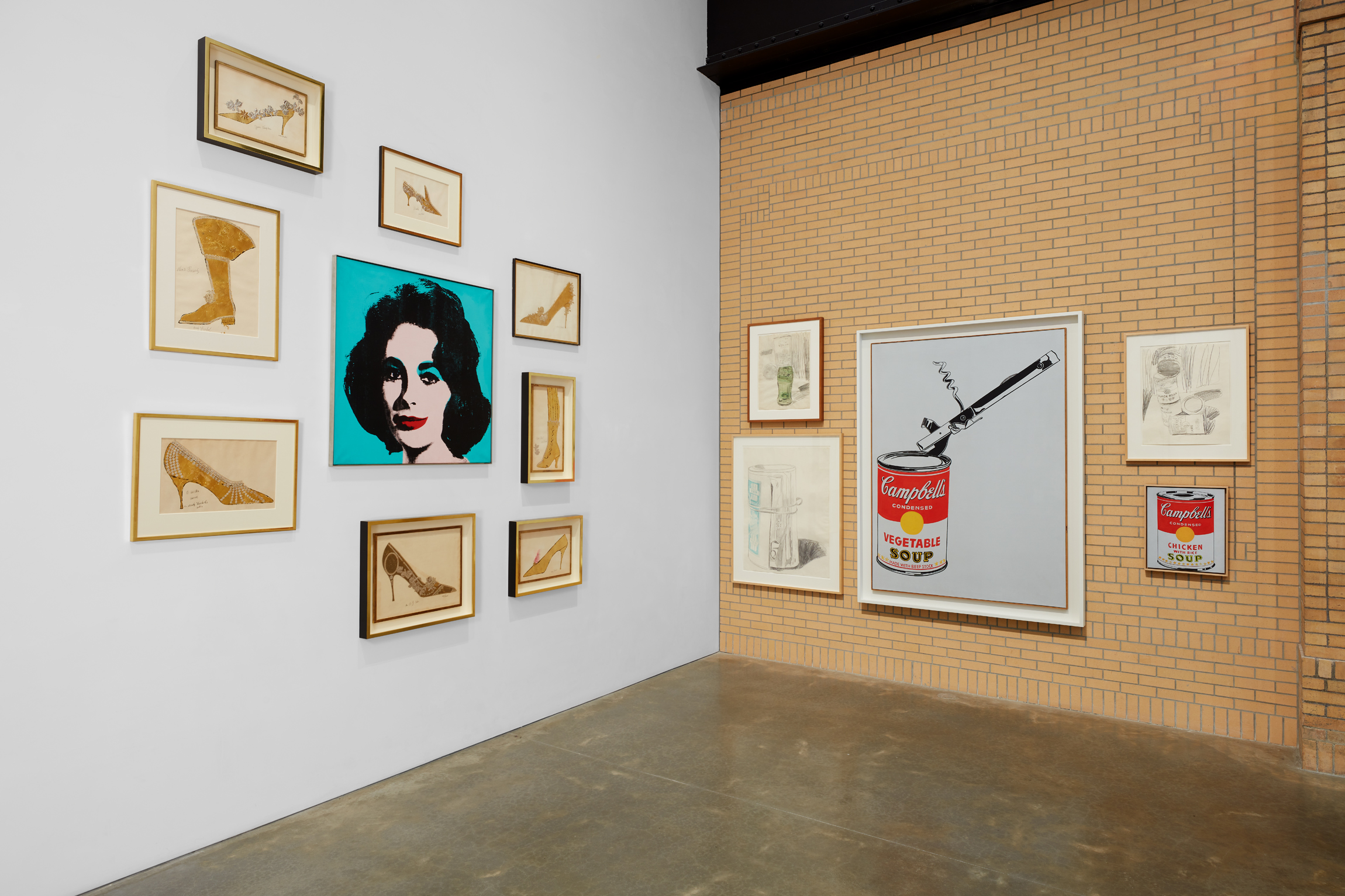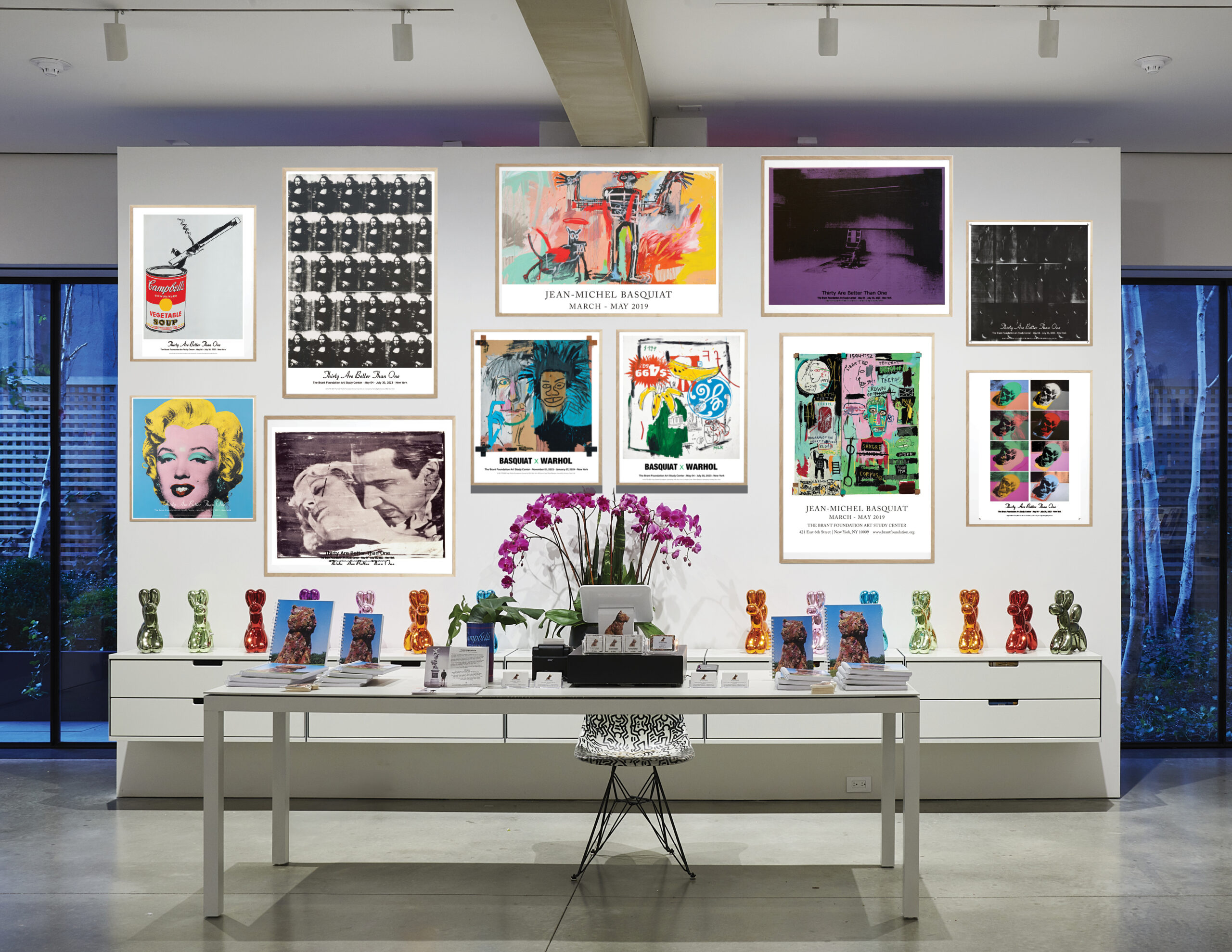-
Selected Press: Glenn Ligon at The Brant Foundation
The Must-See Art Exhibitions To Experience This Summer This focused exhibition of works by Glenn Ligon explores his powerful engagement with American identity, language, and...Read More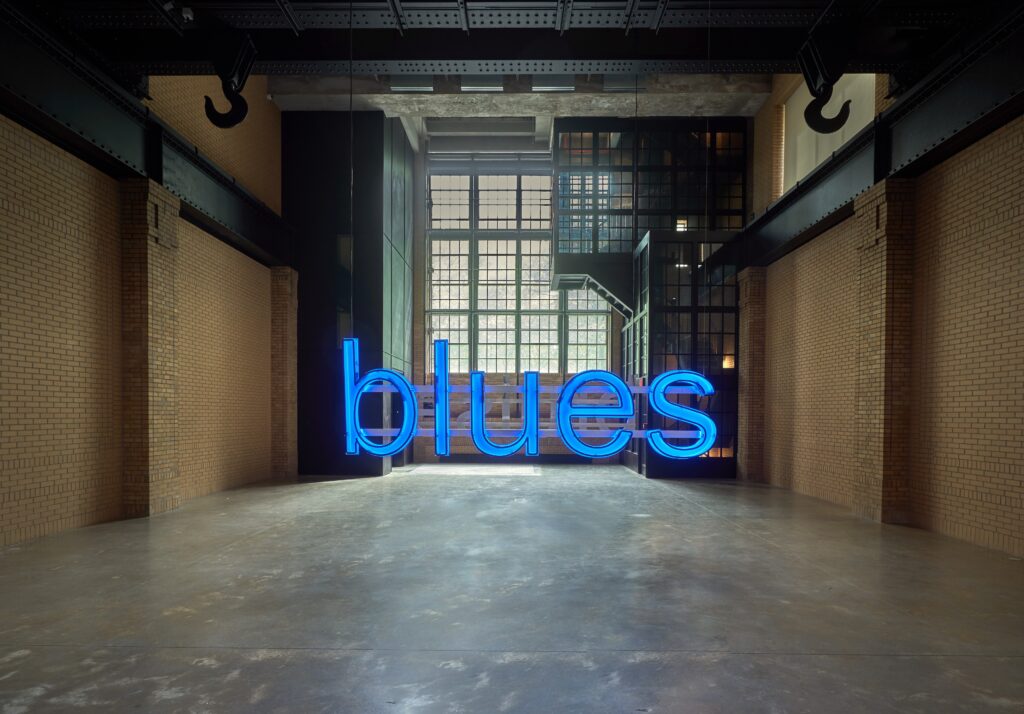
-
Robert I. Ballinger Award
The Preservation Foundation of Palm Beach has awarded its Robert I. Ballinger Award for historic restoration to the same estate, Collado Hueco, 30 years apart....Read More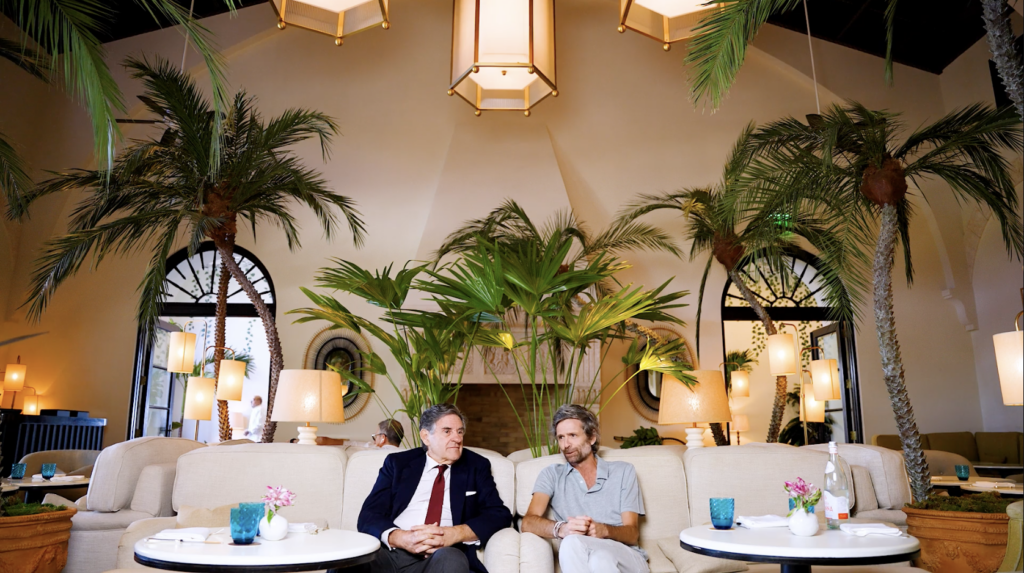
-
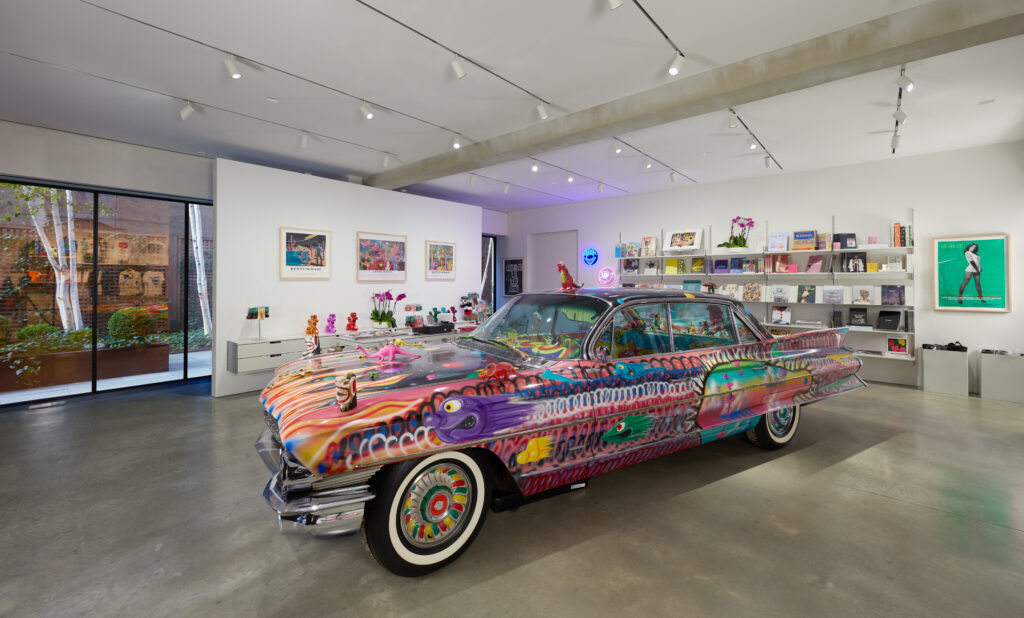
HOURS OF OPERATION
*The Brant Foundation’s New York and Greenwich locations are temporarily closed
